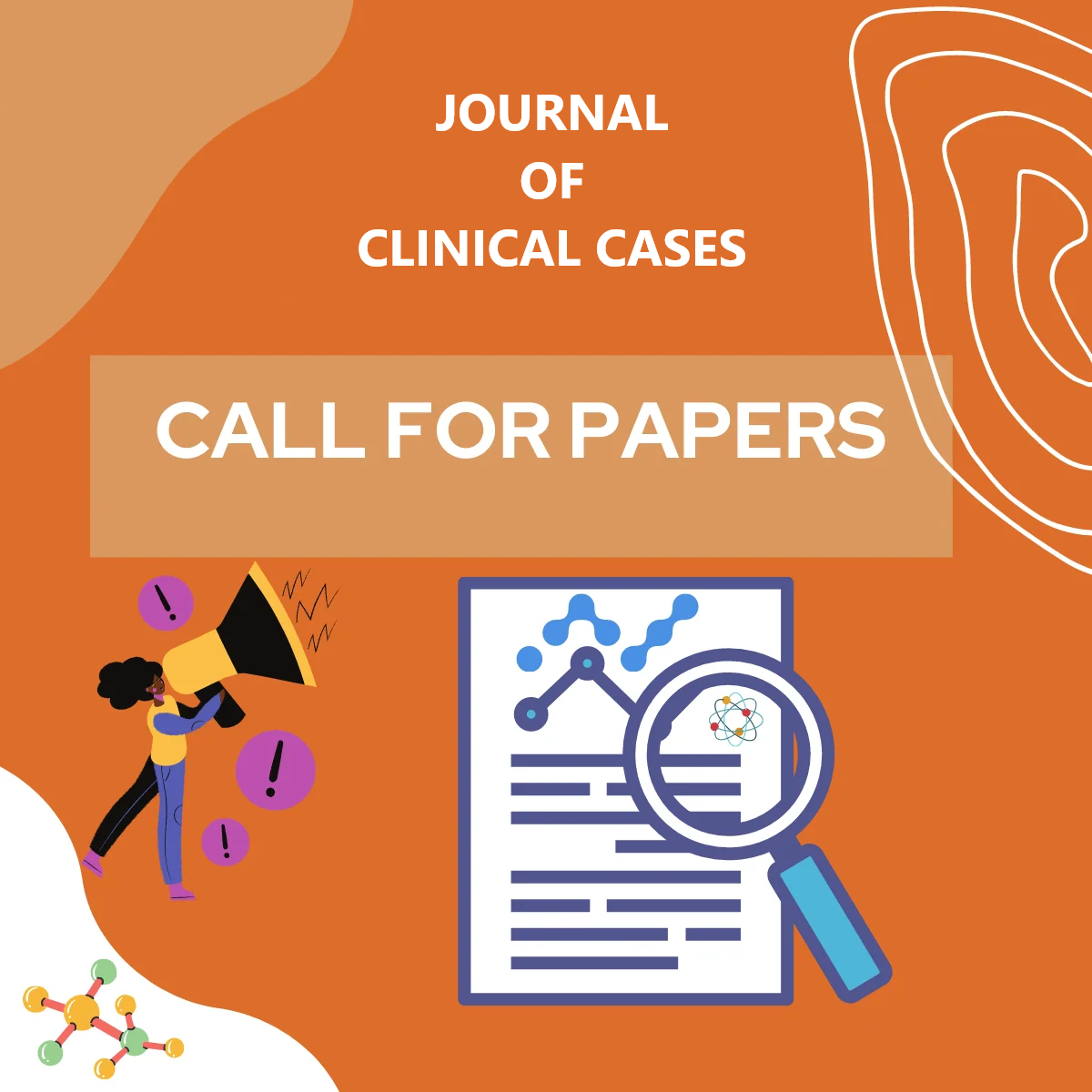Journal Citations
- Crossref
- PubMed
- Semantic Scholar
- Google Scholar
- Academia
- SCRIBD
- ISSUU
- Publons
- MENDELEY
Share This Page
Journal Page

The Impact of Mobile Health on Oral Anticoagulation Therapy: E-selfcare in Cardiotherpy
Hamid Moghaddasi, Mohammadreza Naderi Haji, Babak Sharif-Kashani andLinda Samadi.
Professor of Health Information Management and Medical Informatics,
Department of Health Information Technology & Management, School of
Paramedical Sciences, Shahid Beheshti University of Medical Sciences,
Tehran, Iran.
Department of Health Information Technology & Management, School
of Paramedical Sciences, Shahid Beheshti University of Medical Sciences,
Tehran, Iran.
Tobacco Prevention and Control Research Center, National Research
Institute of Tuberculosis and Lung Disease, Shahid Beheshti University
of Medical Sciences, Tehran, Iran.
Department of Foreign Languages, Islamic Azad University, Sepidan
Branch, Sepidan, Iran.
Corresponding Author: Hamid Moghaddasi
Published Date: 27 March 2024; Received Date: 09 March 2024
ABSTRACT
Between one and two percent of the population of the developed countries are currently treated with oral anticoagulation therapy. The transition of all or part of the responsibility for therapy management to the patient is an appropriate strategy to respond to the increasing demand for oral anticoagulation therapy. The main objective of this original study was to investigate the impact of using mobile applications on health outcomes in patient self-management of oral anticoagulation therapy. An Android mobile application called XrinA was developed to provide warfarin patient self-management. The study was conducted following a BeforeAfter study design. In the “Before” and “After” periods, 21 patients were first treated as usual and then by using the developed application. In the “Before” period, the mean percentage of International Normalized Ratios (INRs) within the therapeutic range and Time in Therapeutic Range (TTR) of patients was 31.5% and 34.3%, respectively. In the “After” period, the mean percentage of INRs within the therapeutic range and TTR of patients was 41.4% and 50.1%. Overall, the use of mHealth applications improved the Patient Self-Management of oral anticoagulation therapy in terms of the percentage of INRs within the therapeutic range and TTR.

